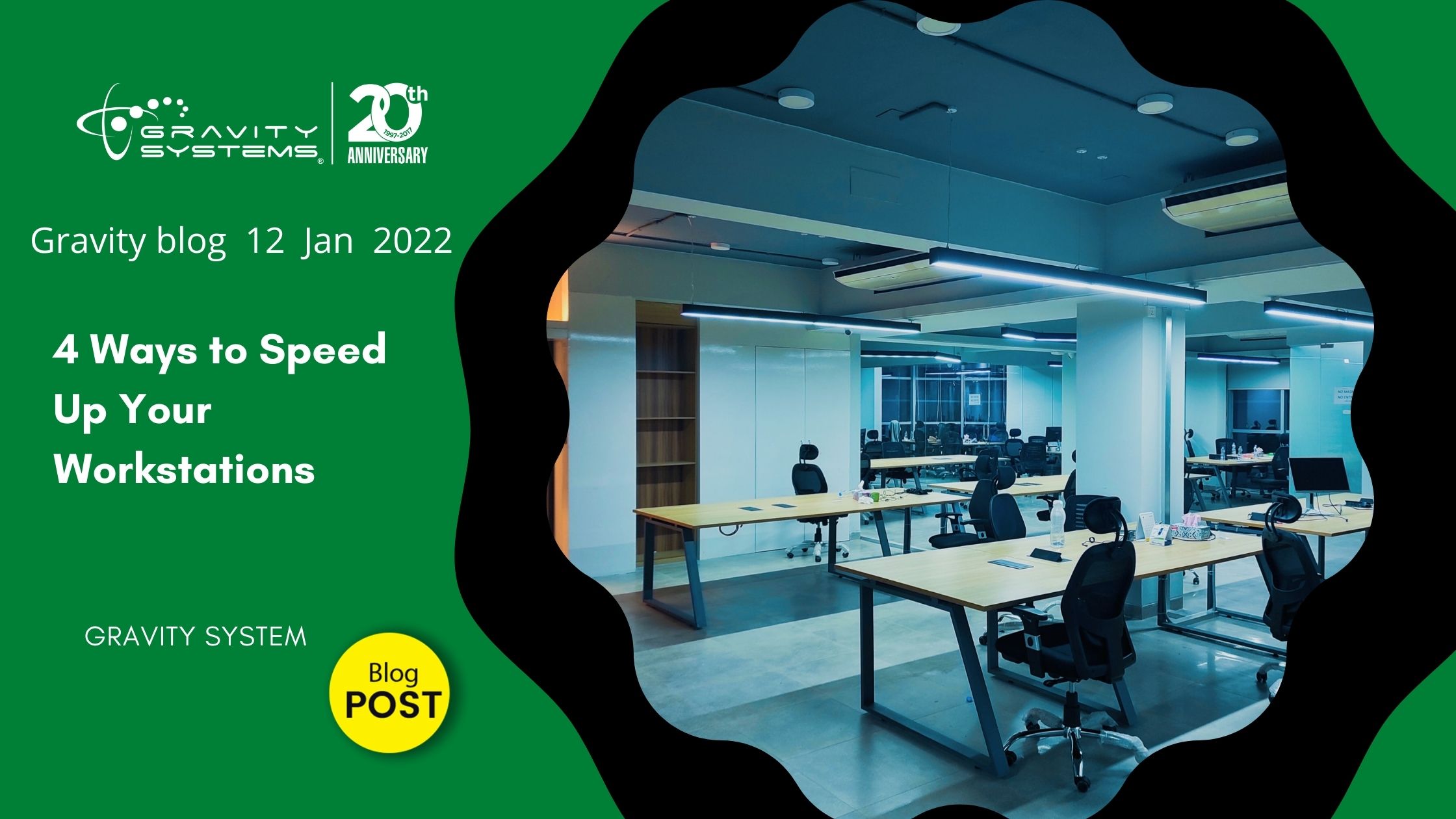You know the saying that a chain is only as strong as its weakest link? A similar rule applies to your organization’s workstation speed: Those computers will only go as fast as their most sluggish components will allow. Fortunately, you can get those workstations to work significantly faster by identifying and correcting the bottlenecks. Here are four smart strategies to consider, courtesy of your Austin business tech support experts at Gravity Systems.
-jpg.jpeg)
Clean up the clutter - Obsolete, redundant, temporary, and otherwise unnecessary files and apps take up space on your workstations’ drives, slowing them down. Check each workstation for any drive clutter, throwing out files and uninstalling apps as needed. Defragment the drives to optimize their performance going forward.
Beef up the RAM - Workstations that perform multiple tasks simultaneously need enough random access memory (RAM) to keep all those jobs going efficiently. A workstation with insufficient RAM will get bogged down in a hurry. Fortunately the fix may prove as simple as popping in some new, larger-capacity RAM chips into the slots designed to accommodate them.
Change the way your PCs boot up - Do your workstations take forever to boot up? Chances are they’re loading more apps at startup than they really need. You can change this routine by going into Windows 10’s Task Manager, looking at the apps that are currently auto-loading on startup, and right-clicking the ones that your employees don’t always need. You may also want to install solid state drives (SSDs) as bootable drives to make the whole startup process faster and less processor intensive.
Ditch the malware - Viruses, adware, and other unwanted junk can take up processor cycles and drive space, slowing your workstations dramatically. Check for malware regularly and keep your anti-malware programs up to date.
Need more help putting some zip back into your workstations? Contact us today!




